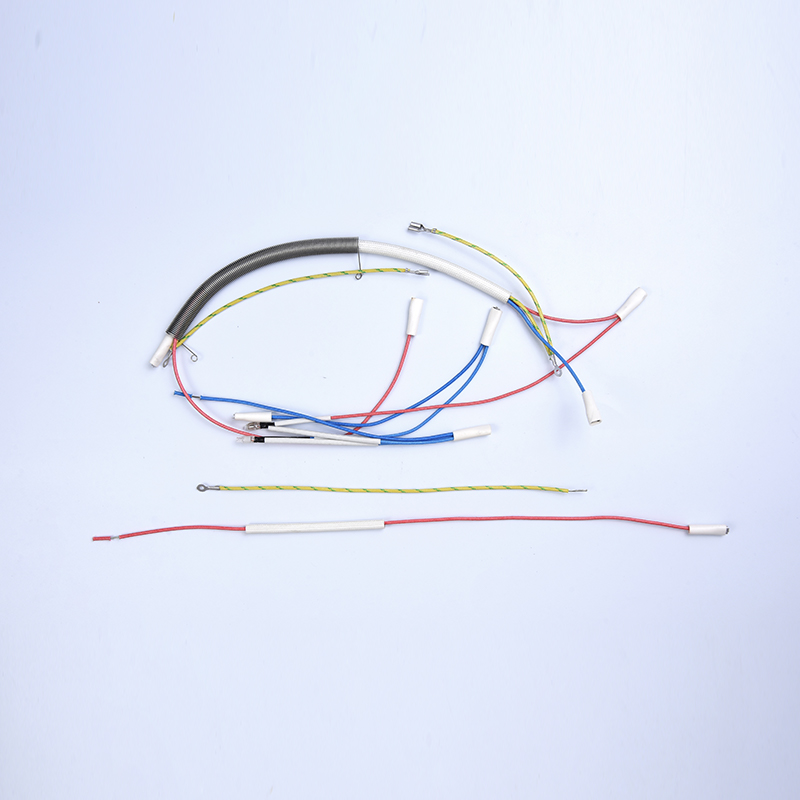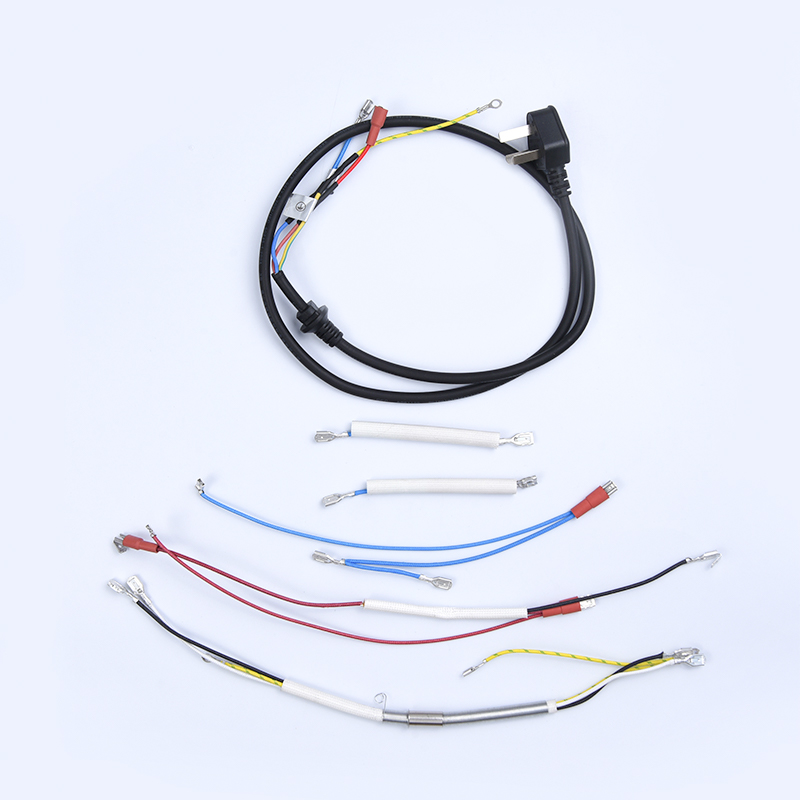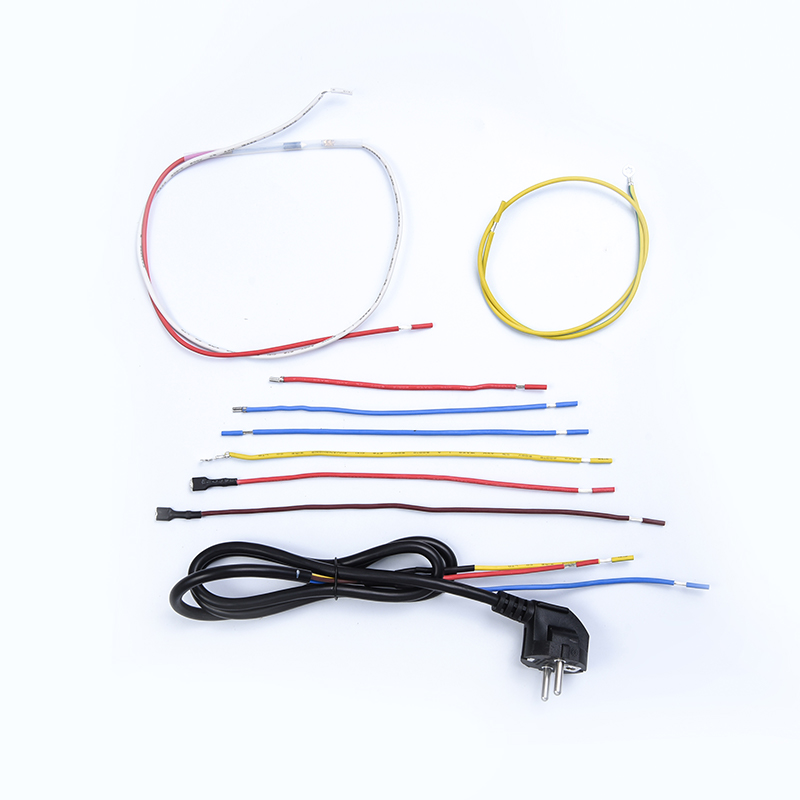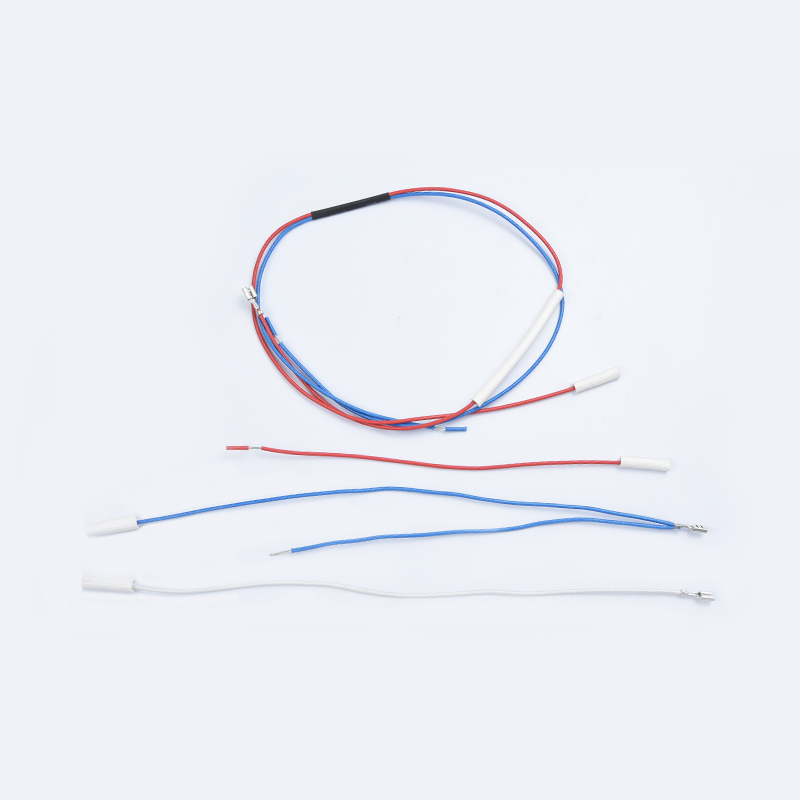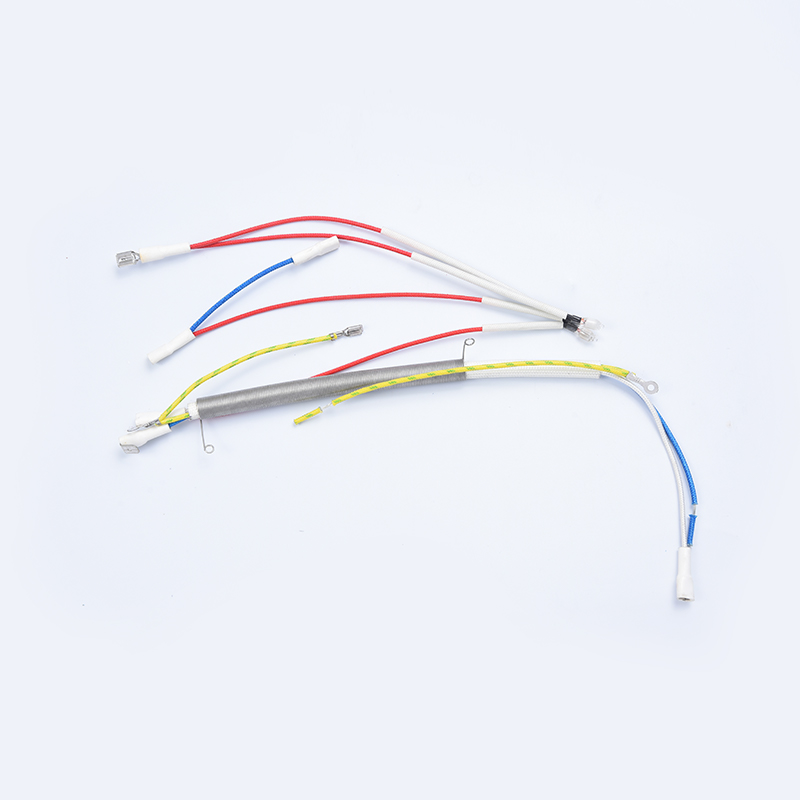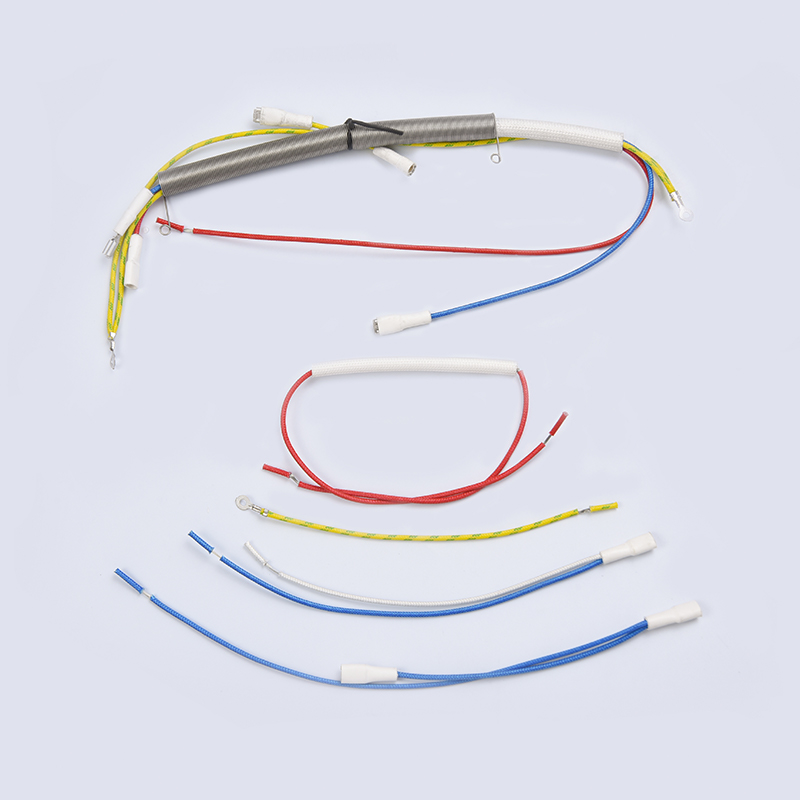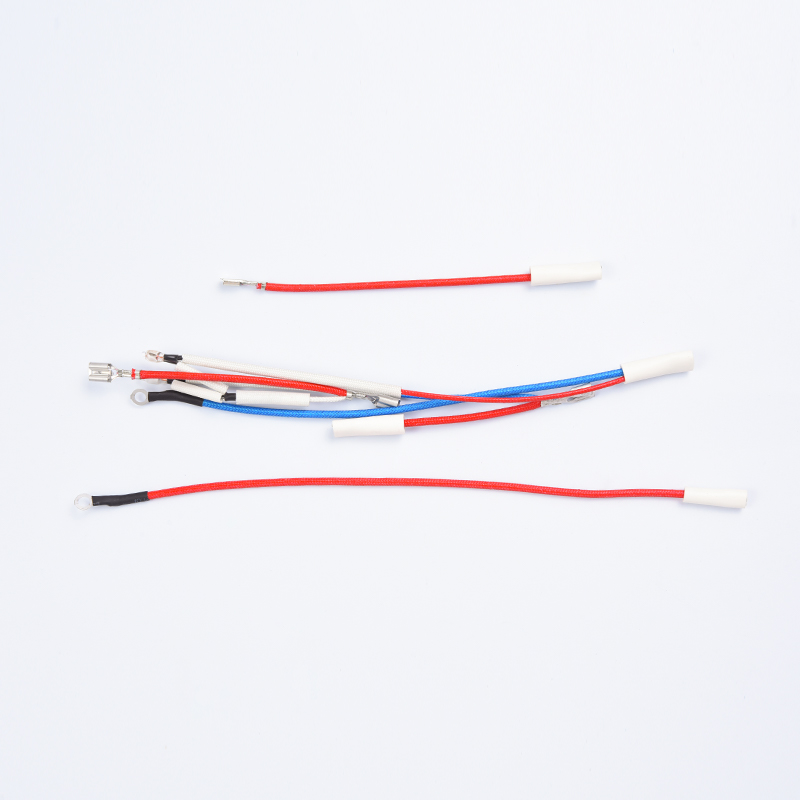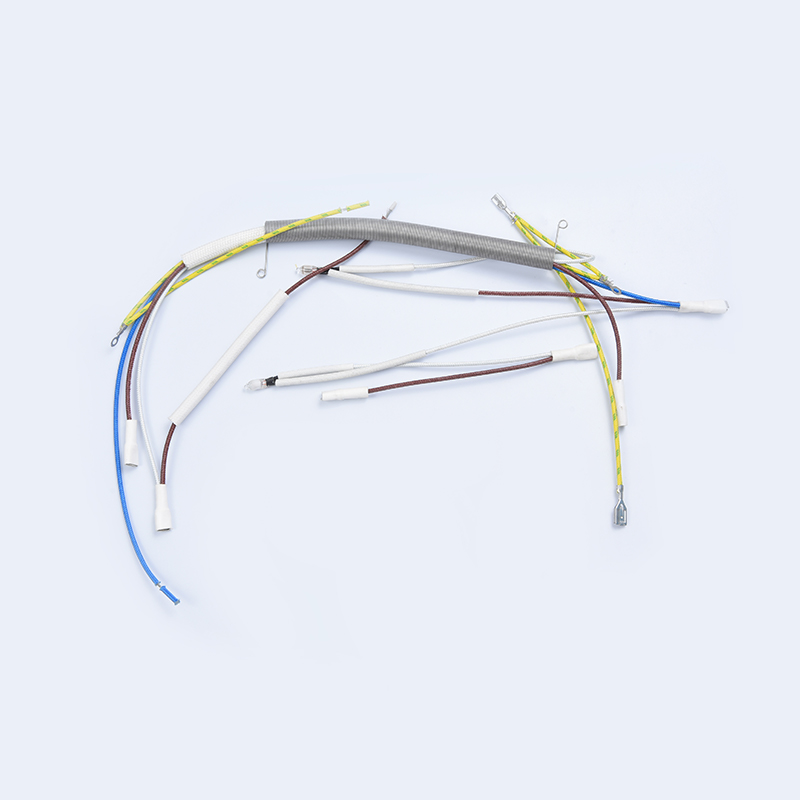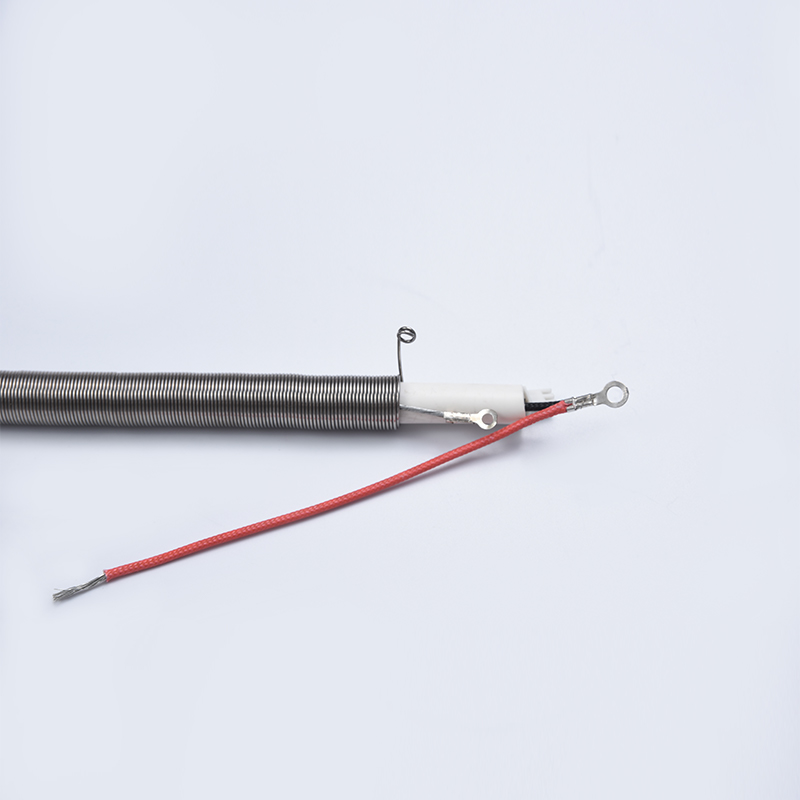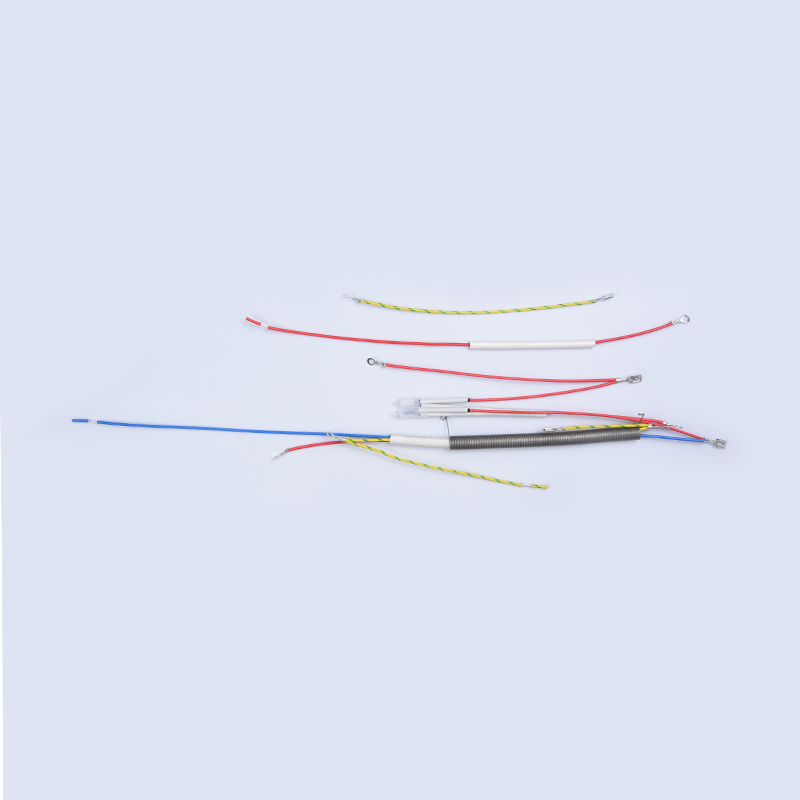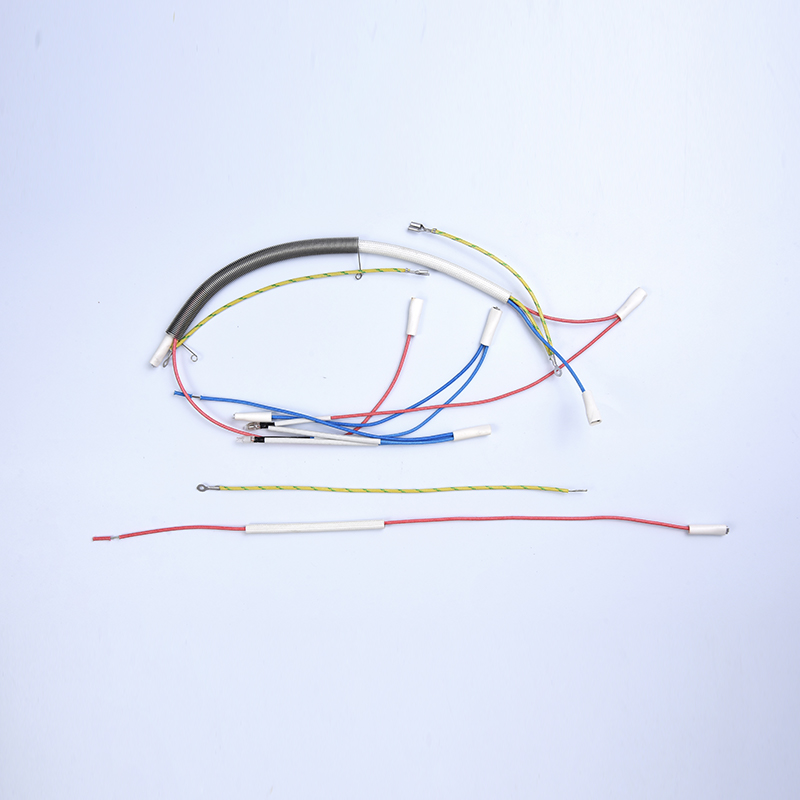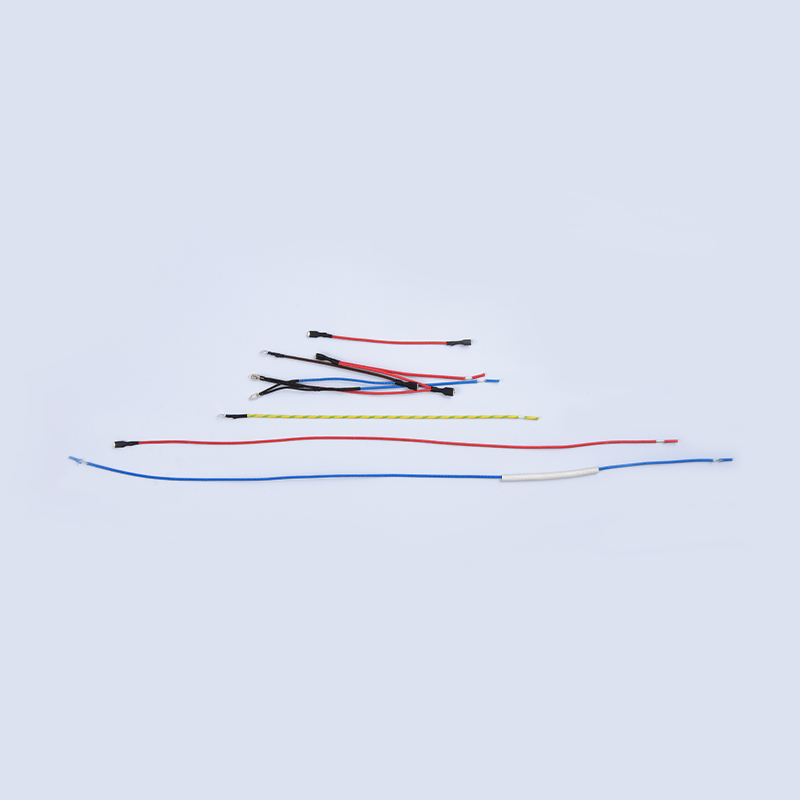+86-0574-63316601
Content
- 1 Understanding the Role of Wiring Harnesses in Electronics
- 2 Eco-Friendly Materials in Environmental Electrical Wiring Harnesses
- 3 Reducing E-Waste Through Design and Durability
- 4 Enhanced Recycling of Electronics
- 5 Compliance with Environmental Regulations
- 6 Reducing Carbon Footprint in Manufacturing
- 7 The Positive Impact of Environmental Wiring Harnesses on E-Waste Reduction
In today’s rapidly advancing technological world, electronic devices have become an indispensable part of everyday life. From smartphones and computers to home appliances and industrial machinery, the demand for electronics is at an all-time high. However, this surge in consumption has led to an alarming rise in electronic waste (e-waste), one of the fastest-growing waste streams globally. The growing environmental impact of e-waste, which often contains harmful chemicals and metals, has prompted the electronics industry to rethink the materials and manufacturing processes used in creating these devices.
A key innovation in tackling e-waste is the development of environmental electrical wiring harnesses. These eco-friendly wiring solutions play a crucial role in reducing the environmental footprint of electronic devices. By using sustainable materials, improving the recyclability of components, and ensuring the longevity of products, environmental electrical wiring harnesses are becoming an essential component in the quest for a greener electronics industry.
Understanding the Role of Wiring Harnesses in Electronics
Wiring harnesses are critical components in electronic devices, responsible for connecting various electrical parts and ensuring that signals, power, and data are transmitted correctly between components. These harnesses are made up of bundles of wires, connectors, and other elements that facilitate the electrical functions of the device.
In traditional electronics, wiring harnesses are often made from non-recyclable materials or materials that contain hazardous chemicals. This can make the process of disassembling and recycling electronic products challenging and environmentally damaging.
Environmental electrical wiring harnesses are designed to address these issues by utilizing sustainable, recyclable, and non-toxic materials. This shift not only helps reduce e-waste but also supports efforts to make the electronics industry more environmentally responsible.
Eco-Friendly Materials in Environmental Electrical Wiring Harnesses
One of the primary ways in which environmental electrical wiring harnesses reduce e-waste is through the use of sustainable materials. These materials are chosen for their recyclability and biodegradability, significantly decreasing the amount of non-recyclable waste generated during the product's lifecycle.
Some of the eco-friendly materials used in wiring harnesses include:
Recyclable Plastics: Traditional wiring harnesses often use plastics that are difficult to recycle. However, bio-based or recyclable plastics are increasingly being used for insulation, connectors, and covers, ensuring that these components can be processed more easily at the end of a product’s life.
Natural Fibers: Some manufacturers are turning to natural fiber-based materials for insulation instead of petroleum-based synthetics. These natural fibers are not only biodegradable but also reduce reliance on fossil fuels in the production process.
Lead-Free and Non-Toxic Components: Environmental electrical wiring harnesses use lead-free soldering and non-toxic materials, such as phthalate-free PVC or biodegradable thermoplastic elastomers. This reduces the toxic substances that can be released when electronic products are discarded or incinerated.
Recyclable Conductors: Wires in environmental electrical harnesses are often made from recyclable metals, like copper and aluminum, which can be efficiently recovered and reused during the recycling process. This significantly reduces the need for mining and refining of new materials.
Reducing E-Waste Through Design and Durability
The lifecycle of a product has a significant impact on its environmental footprint. In traditional electronics, many components—including wiring harnesses—are designed for short-term use, which contributes to the rapid accumulation of e-waste when products are discarded after relatively short lifespans.
Environmental electrical wiring harnesses are designed with durability and longevity in mind. By improving the robustness of wiring systems, these harnesses help extend the life of electronic devices and reduce the frequency with which they need to be replaced. This not only reduces e-waste but also lessens the environmental cost of manufacturing new components.
Additionally, many environmental wiring harnesses are designed with modular components that allow easier repair or upgrade of specific parts without discarding the entire device. This repairability reduces waste and extends the overall lifespan of electronic products, preventing unnecessary waste accumulation.
Enhanced Recycling of Electronics
The recycling process for electronics has historically been difficult due to the presence of mixed materials, adhesives, and complex assemblies that don’t easily break down. Traditional wiring harnesses often contain plastics, metals, and other substances that are difficult to separate and recycle, leading to a significant amount of e-waste being sent to landfills or incinerators.
Environmental electrical wiring harnesses are designed with recycling in mind. These harnesses are easier to disassemble, and the materials used are more compatible with current recycling systems. For example:
Modular designs make it easier to separate individual components during recycling, increasing the efficiency of material recovery.
Standardized materials ensure that the components of the wiring harness are compatible with existing recycling technologies, making it easier for materials like copper, aluminum, and plastics to be separated and processed.
Clear labeling and material identification help recyclers identify and separate environmentally-friendly materials from hazardous substances, improving the overall recycling process.
This focus on recyclability ensures that environmental electrical wiring harnesses contribute less to landfill waste and are more easily repurposed, creating a closed-loop system that supports a circular economy.
Compliance with Environmental Regulations
As global environmental regulations tighten, companies in the electronics industry are facing increasing pressure to reduce their environmental impact. Regulations such as the European Union’s RoHS Directive (Restriction of Hazardous Substances) and WEEE Directive (Waste Electrical and Electronic Equipment) place strict requirements on the materials used in electronics and how they are disposed of at the end of their lifecycle.
Environmental electrical wiring harnesses are designed to comply with these stringent regulations. By using lead-free, non-toxic, and recyclable materials, manufacturers of wiring harnesses are ensuring that their products meet global environmental standards.
In addition to regulatory compliance, companies that adopt these eco-friendly wiring solutions benefit from a positive public image, as consumers and businesses increasingly demand more sustainable and environmentally-friendly products.
Reducing Carbon Footprint in Manufacturing
The production of traditional wiring harnesses often involves the use of fossil fuels and energy-intensive processes that contribute to greenhouse gas emissions. By shifting to sustainable manufacturing techniques, companies can significantly reduce the carbon footprint of wiring harness production.
Environmental electrical wiring harnesses are manufactured using energy-efficient processes, and the materials used require less energy to produce and process. Additionally, these harnesses are often designed for lightweight applications, reducing the energy consumption of the overall electronic device.
The focus on energy-efficient manufacturing not only reduces the environmental impact of wiring harness production but also supports the overall goal of reducing global carbon emissions and combating climate change.
The Positive Impact of Environmental Wiring Harnesses on E-Waste Reduction
By using environmentally-friendly wiring harnesses, the electronics industry can reduce the environmental impact of e-waste in multiple ways:
Minimizing non-recyclable materials: Eco-friendly harnesses reduce the amount of non-recyclable plastic and metal in electronic products.
Extending product life: With more durable wiring harnesses, electronic products last longer, reducing the need for early replacement.
Improving recyclability: Environmental electrical wiring harnesses are designed for easier recycling, enabling more efficient recovery of materials.
In combination with other eco-conscious manufacturing strategies, such as reducing energy consumption and using sustainable materials, these wiring harnesses represent a significant step toward reducing the e-waste crisis and moving towards a greener electronics industry.




 中文简体
中文简体